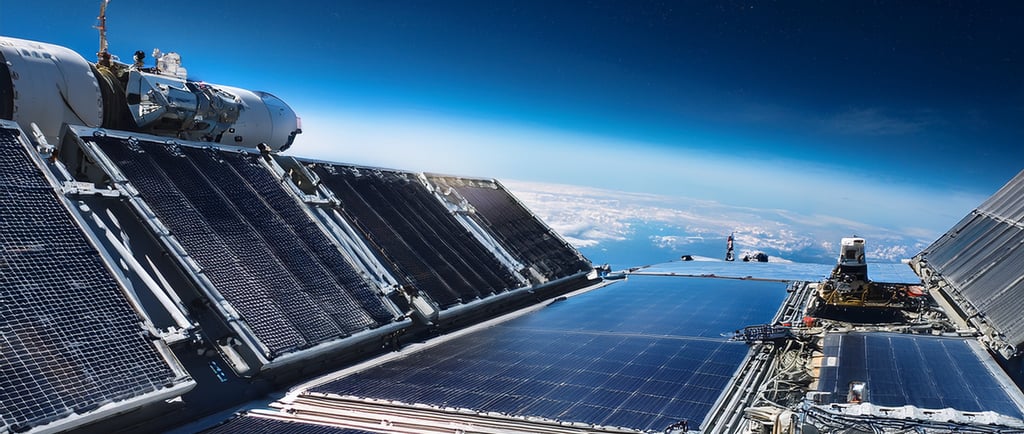NASA's Artemis III: Paving the Way for Sustainable Moon Exploration


Introduction to Artemis III and Lunar Exploration
NASA's Artemis III mission, scheduled for 2026, is set to land astronauts near the lunar south pole, marking a significant step in humanity's journey back to the Moon. This ambitious venture is not only about exploration but also aims to establish a sustainable human presence on the Moon. As astronauts set foot on lunar soil, their findings may lead to groundbreaking developments in lunar resource extraction, particularly of water ice and helium-3.
The Importance of Lunar Resource Extraction
The lunar south pole has garnered significant attention due to its potential reserves of vital resources. Water ice, found in permanently shadowed craters, is crucial for sustaining human life, enabling both consumption and the production of oxygen and hydrogen for fuel. Additionally, helium-3, a rare isotope on Earth, could be harnessed for nuclear fusion energy, promising a cleaner and more efficient energy source for the future. Thus, the success of Artemis III could act as a catalyst for various private companies that are keenly exploring lunar resource extraction opportunities.
Implications for a Sustainable Future
The developments stemming from Artemis III have profound implications for establishing a long-term human presence on the Moon. The mission is not just a scientific endeavor; it sets the stage for how future lunar missions can be conducted sustainably. By utilizing lunar resources, we could mitigate the need to transport supplies from Earth, making moon bases more feasible. Moreover, the cooperation between NASA and private companies in lunar resource extraction signifies a promising collaborative approach to explore and utilize extraterrestrial resources for humanity's benefit.
In conclusion, NASA's Artemis III embodies a comprehensive approach to lunar exploration that focuses on sustainability and resource utilization. The mission's success could herald a new era of lunar colonization, with private companies playing a crucial role in harvesting the Moon's resources. As we stand on the brink of this exciting chapter in space exploration, the possibilities for future lunar missions that harness local resources such as water ice and helium-3 are limitless. Humanity's future on the Moon looks promising, and with the right strategies in place, we may soon see its realization.
